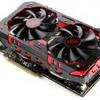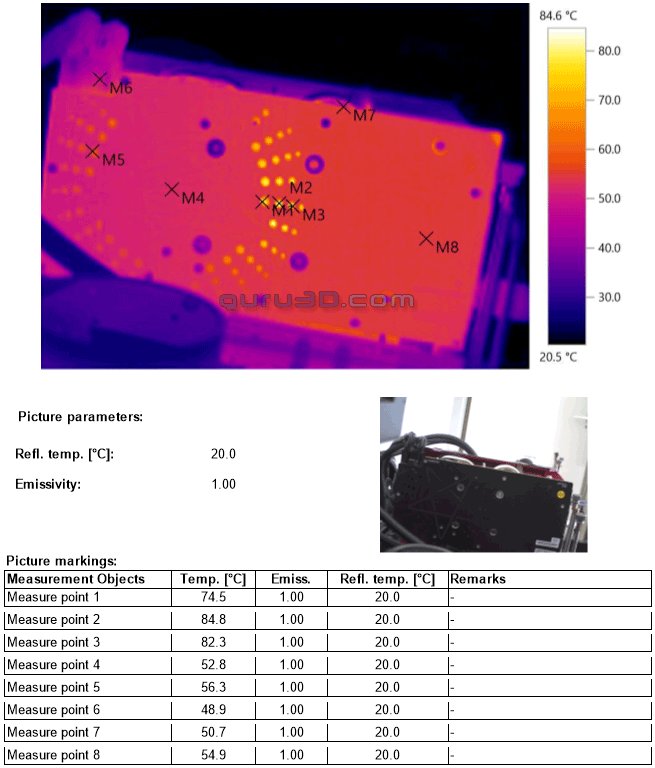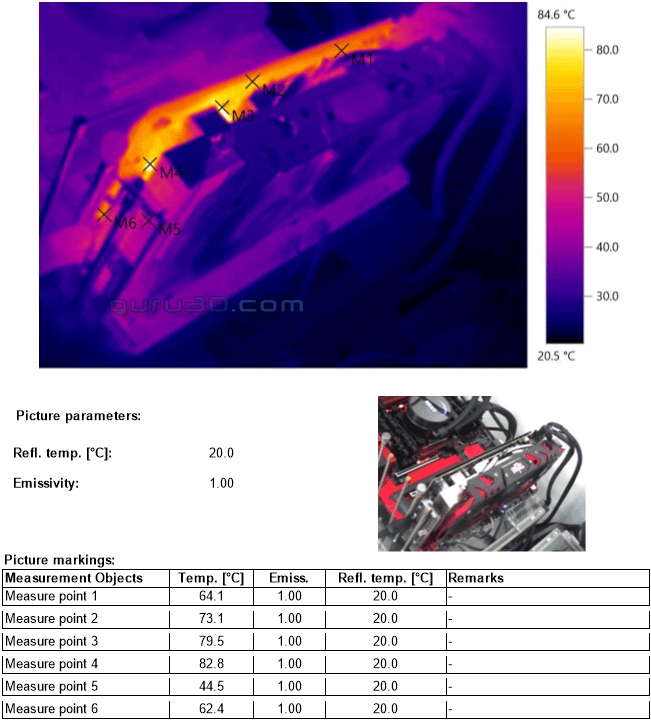Graphics Card Thermal Imaging Measurements (FLIR)
Thermal Imaging Temperature Measurements
Over the past years we have been trying to figure out what the best possible way is to measure temperatures on hardware. Multiple options are available but the best thing to do is to visualize heat coming from the product or component being tested. The downside of thermal imaging hardware is simple, FLIR camera's with a bit of decent resolution costs up-to 10000 EUR. Hence we passed on it for a long time.With a thermal imaging camera a special lens focuses the infrared light emitted by all of the objects in view. This focused light is scanned by a phased array of infrared-detector elements. The detector elements create a very detailed temperature pattern called a thermogram. It only takes about one-thirtieth of a second for the detector array to obtain the temperature information to make the thermogram. This information is obtained from several thousand points in the field of view of the detector array. The thermogram created by the detector elements is translated into electric impulses. The impulses are sent to a signal-processing unit, a circuit board with a dedicated chip that translates the information from the elements into data for the display. The signal-processing unit sends the information to the display, where it appears as various colors depending on the intensity of the infrared emission. The combination of all the impulses from all of the elements creates the image. We can see hotspots on the PCB indicating, for example, GPU but also VRM temperature as well as how heat is distributed throughout a product. We do hope you will enjoy this new technology as it did cost us an arm and a leg to be able to implement it.
So we reach 75 degrees C on M1, here we are close to the GPU area which is fairly spot on compared to the thermal sensor readings. At M2 and M3 we seem to be hitting some components (ICs) that ehat up to 85 Degrees C, this is also running hot but it is hard to get a proper reading due to the back-plate.
When we position the thermal camera outwards we can see that the overall cooler design really works with a moderate heat signature overall. There are certainly some hotspots that probably should have gotten some sort of cooling.
Directly at the top we van see at M1/M2/M3 that is the GPU and the VRM area gets warm at up-to roughly 75 Degrees C. It's considered a normal operating temperature. At M4 we can see a component heat up badly, it is not cooled whatsoever and radiating heat of almost 90 Degrees C. Not good.




